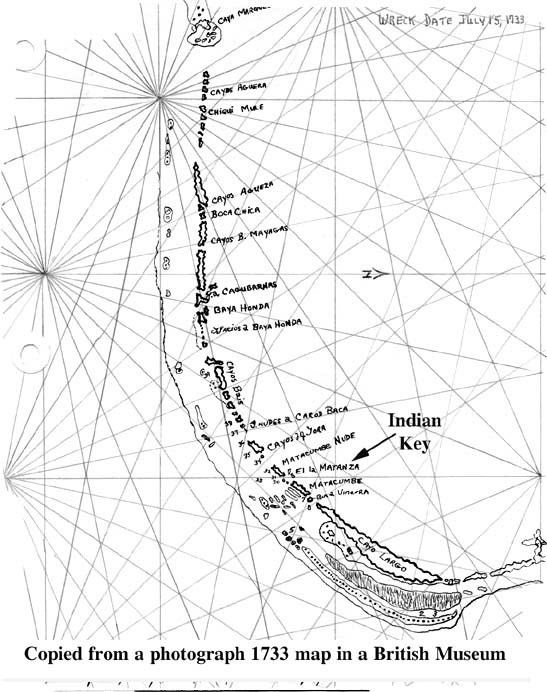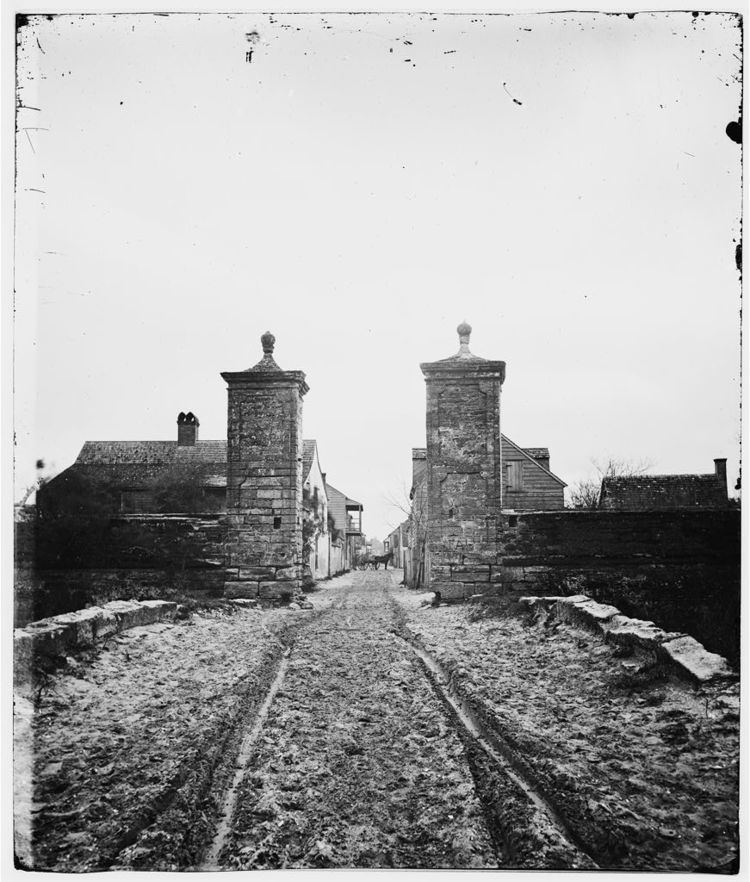Country Founded 1695 | Population 132,678 (2010) Area 317 km2 | |
 | ||
University University of Matanzas | ||
Map of Matanzas
Matanzas ([maˈtansas]) is the capital of the Cuban province of Matanzas. Known for its poets, culture, and Afro-Cuban folklore, it is located on the northern shore of the island of Cuba, on the Bay of Matanzas (Spanish Bahia de Matanzas), 90 kilometres (56 mi) east of the capital Havana and 32 kilometres (20 mi) west of the resort town of Varadero.
Contents
- Map of Matanzas
- Matanzas creek winery
- Matanzas high school cheerleading regionals 2012
- History
- Name origin
- Geography
- Monuments
- Infrastructure
- Attractions
- Demographics
- Notable people
- References

Matanzas is called the City of Bridges, for the seventeen bridges that cross the three rivers that traverse the city (Rio Yumuri, San Juan, and Canimar). For this reason it was referred to as the "Venice of Cuba." It was also called "La Atenas de Cuba" ("The Athens of Cuba") for its poets.

Matanzas is known as the birthplace of the music and dance traditions danzón and rumba.

Matanzas creek winery
Matanzas high school cheerleading regionals 2012
History
Matanzas was founded in 1693 as San Carlos y San Severino de Matanzas. This followed a royal decree ("real cédula") issued on September 25, 1690, which decreed that the bay and port of Matanzas be settled by 30 families from the Canary Islands.
Matanzas was one of the regions that saw intensive development of sugar plantations during the colonial era. Consequently, many African slaves were imported to support the sugar industry, particularly during the first half of the nineteenth century. For example, in 1792 there were 1900 slaves in Matanzas, roughly 30% of its population. In 1817, the slave population of Matanzas had grown to 10,773, comprising nearly 50% of the overall population. By 1841, 53,331 slaves made up 62.7% of the population of Matanzas. Census figures for 1859 put the Matanzas slave population at 104,519. Matanzas was the site of several slave insurrections and plots, including the infamous Escalera conspiracy (discovered in late 1843). Due to the high number of both slaves and, importantly, free Afro-Cubans in Matanzas, the retention of African traditions is especially strong there. In 1898, Matanzas became the location of the first action in the Spanish–American War. The city was bombarded by American Navy vessels on April 25, 1898, just after the beginning of the war.
Name origin
The name Matanzas means "massacre" and refers to a putative slaughter at the port of the same name, in which 30 Spanish soldiers tried to cross one of the rivers to attack an aboriginal camp on the far shore. The Spanish soldiers had no boats, so they enlisted the help of native fishermen. However, once they reached the middle of the river, the fishermen flipped the boats, and due to the Spanish soldiers' heavy metal armor, most of them drowned. Only two women—one said to be the beautiful María de Estrada—survived, the result of being "taken" by a Cacique. De Estrada is said to have later escaped the "power of the Cacique" and married Pedro Sánchez Farfán in the city of Trinidad.
Geography
The city is located on the north shore of the island of Cuba, on all three sides of the Bay of Matanzas. The bay cuts deep in the island, and three rivers flow in the bay inside city limits (Rio Yumuri, San Juan, and Canimar). To the south-east, the landscape rises into a hill called Pan de Matanzas, divided from the Atlantic coast by the Yumuri Valley and a coastal ridge.
The city of Matanzas is divided into three neighborhoods: Versalles, Matanzas, and Pueblo Nuevo. The municipality is divided into the barrios of Bachicha, Bailén, Barracones, Bellamar, Camarioca, Cárcel, Ceiba Mocha, Colón, Corral Nuevo, Guanábana, Ojo de Agua, Refugio, San Luis, San Severino, Simpson y Monserrate, Versalles and Yumurí.
Monuments
The Aqueduct of Matanzas, today a national monument, was built in 1870 and is still providing the City with Water from the spring Manantial de Bello. An ingenious construction built 1912 exploited and till 1912 by Fernando Heydrich and Company.
Infrastructure
Matanzas is served by Juan Gualberto Gómez Airport, 15 km east of the city.
The city has two railway stations. The main station is on the main line from Havana to Santiago de Cuba. The electrified Hershey train operates by a different route to Havana from a separate station in the barrio of Versalles. Matanzas is also served by Viazul and Astro buses.
The Via Blanca highway connects the city with both Havana in the west and Varadero in the east.
The University of Matanzas is the province's post-secondary education institution.
Attractions
Demographics
In 2004, the municipality of Matanzas had a population of 143,706. With a total area of 317 km2 (122 sq mi), it has a population density of 453.3/km2 (1,174/sq mi).
